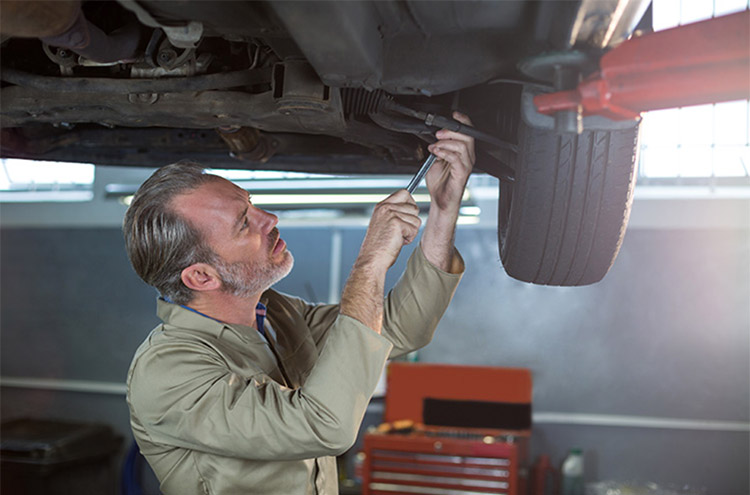Suspension Systems Uncovered: Ensuring a Smooth Ride

How do advanced suspension systems transform your driving experience? The role of the suspension system is paramount in pursuing the ultimate driving experience. The unsung hero absorbs the shocks and bumps of the road, ensuring a smooth and stable ride. This article looks into some of the intricacies of suspension systems, highlighting various types and how they contribute to driving comfort and vehicle performance.
Understanding the Basics of Suspension Systems
Suspension systems serve a dual purpose: enhancing vehicle handling and passenger comfort by mitigating road irregularities. These systems comprise springs, shock absorbers, struts, control arms, and bushings, each playing a crucial role in vehicle stability and comfort.
- Springs and Damping Mechanisms: Springs adjust to road conditions, distributing vehicle weight evenly and determining ride height while damping mechanisms stabilize the vehicle by dissipating energy from spring movement.
- Control Arms and Bushings: These components maintain wheel alignment and absorb road vibrations, respectively, ensuring stability and reducing noise.
A well-engineered suspension system improves ride quality and enhances vehicle safety and handling. Effectively absorbing road imperfections and maintaining wheel stability allows for a more enjoyable and controlled driving experience.
Advanced Suspension Technologies
The evolution of suspension technology enhances vehicle control and adaptability through various systems:
- Independent Suspension: Each wheel moves independently, significantly improving handling and comfort by more accurately responding to road surfaces.
- MacPherson Strut Suspension: Combines space efficiency, affordability, and performance, making it a prevalent choice for front-wheel-drive vehicles due to its simple, compact design.
- Double Wishbone Suspension: Offers a balance between handling and ride quality, providing superior cornering abilities and allowing for better wheel alignment control.
- Multi-Link Suspension: Several arms control wheel motion, offering exceptional handling and stability. This system allows for precise wheel alignment, enhancing vehicle dynamics and comfort.
- Air Suspension Systems: Air springs adjust the ride height and firmness dynamically, improving comfort and allowing load leveling. This adaptability is crucial for optimal handling and stability under varying load conditions.
Each system represents a step forward in automotive technology, focusing on improving the driving experience by offering enhanced control, adaptability, and comfort.
Common Suspension Issues and Solutions
Maintaining a suspension system in peak condition ensures a smooth and comfortable ride. Key issues like uneven tire wear, a bumpy ride, or the vehicle bottoming out can signal problems. To prevent these, conduct regular maintenance checks, ensure wheels are properly aligned, and promptly replace worn components. This proactive approach keeps the ride smooth and extends the lifespan of the suspension system.
Navigating the Road of Automotive Knowledge
You will equip yourself to better navigate the maintenance and repair landscape by deepening your understanding of your vehicle's essential components. This knowledge fosters a deeper bond between you and your car, a relationship grounded in respect for the complex systems that ensure your journey continues smoothly. Central to preserving your vehicle's health is the commitment to routine inspections and the proactive management of its critical parts. Remember, sourcing quality
auto parts in Detroit and
OEM parts in Westland plays a pivotal role in this process, ensuring that every repair contributes to the longevity and reliability of your transportation companion.
Return to Blog